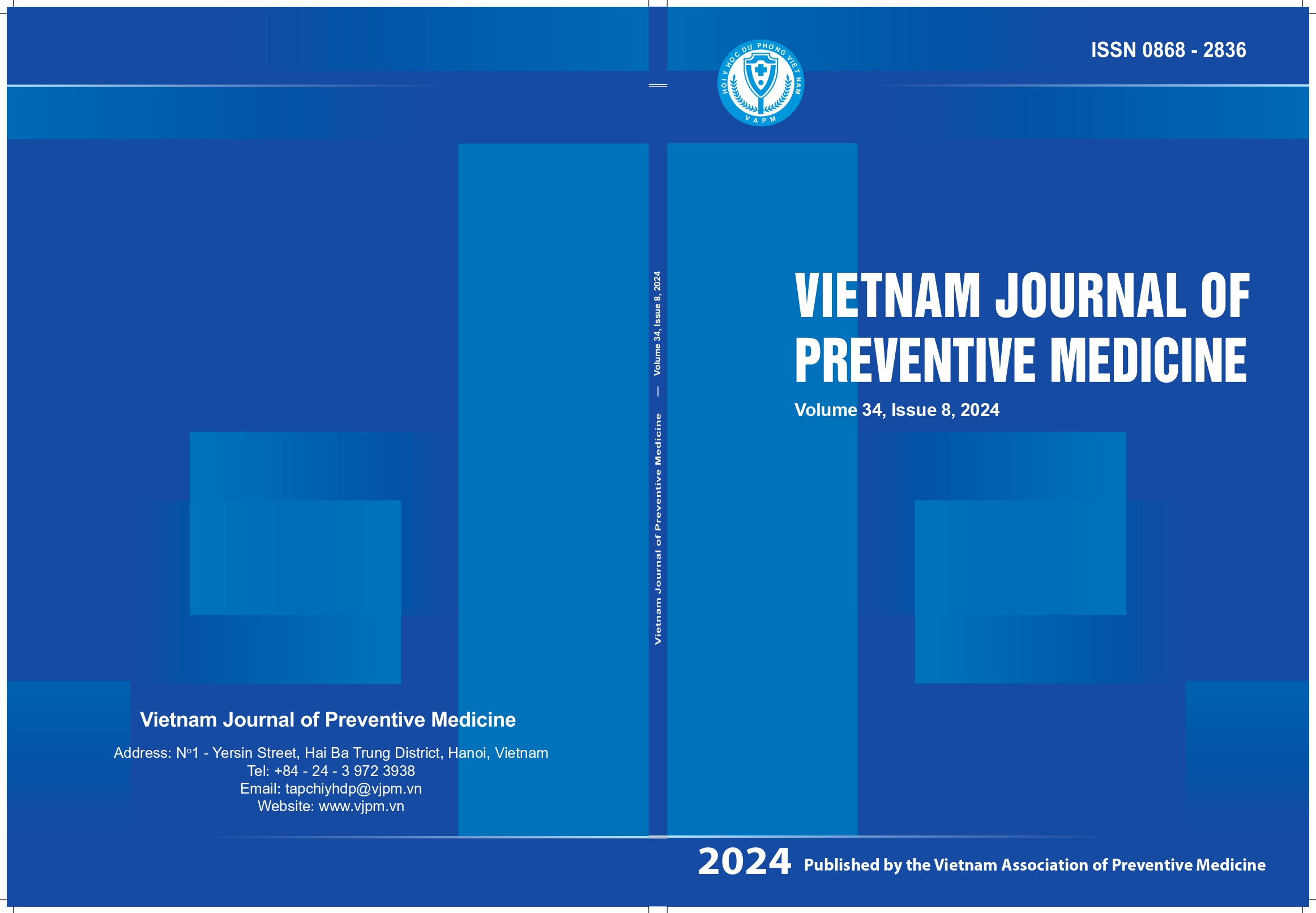Point Mutations in the Helicobacter pylori gyrA gene in Patients with peptic ulcer disease and suspected gastric cancer
DOI:
https://doi.org/10.51403/0868-2836/2024/2143Keywords:
Helicobacter pylori, levofloxacin resistance, antimicrobial resistance, gyrA point mutationsAbstract
Helicobacter pylori (H. pylori) is a major causative agent of peptic ulcer disease and gastric cancer. Levofloxacin, a fluoroquinolone antibiotic, is commonly used in H. pylori treatment regimens. However, the increasing resistance of H. pylori to levofloxacin in Vietnam has compromised treatment efficacy. This study aimed to determine the prevalence of point mutations in the gyrA gene and investigate their associated factors. A total of 164 H. pylori strains were isolated from patients with peptic ulcer disease or suspected gastric cancer at the 108 Military Central Hospital between 2019 and 2022. The gyrA gene was sequenced using the Sanger method to identify mutations conferring levofloxacin (LVX) resistance. The overall LVX resistance rate was 29.9% (49/164). Eighteen distinct gyrA mutations were identified, including M191I, G208E/K/R, N87K/I, V199A/I, R130K, R140K, D91G/Y/N, A66T, I194T, D161N, V172I, V65I, A88P, D155G, D192G, D210N, T132A, and V150A. Among these, M191I (92.7%) and G208E/K/R (30.5%) were the most prevalent. Etest results showed a significant association between the N87K/I mutation and LVX resistance (p < 0.05). Logistic regression analysis further revealed that the mutation combinations D91G/Y/N+M191I and N87K/ I+M191I were significantly associated with LVX resistance. These novel findings contribute to a deeper understanding of fluoroquinolone resistance mechanisms in H. pylori. Continuous monitoring and the development of more effective diagnostic and treatment strategies are essential for controlling H. pylori infection.
Downloads
Downloads
Published
How to Cite
Issue
Section
License
Publication License No 150/GP-BTTTT signed on May 8, 2014;
Electronic Publication License No 322/GP-BTTTT signed on June 15, 2016.


